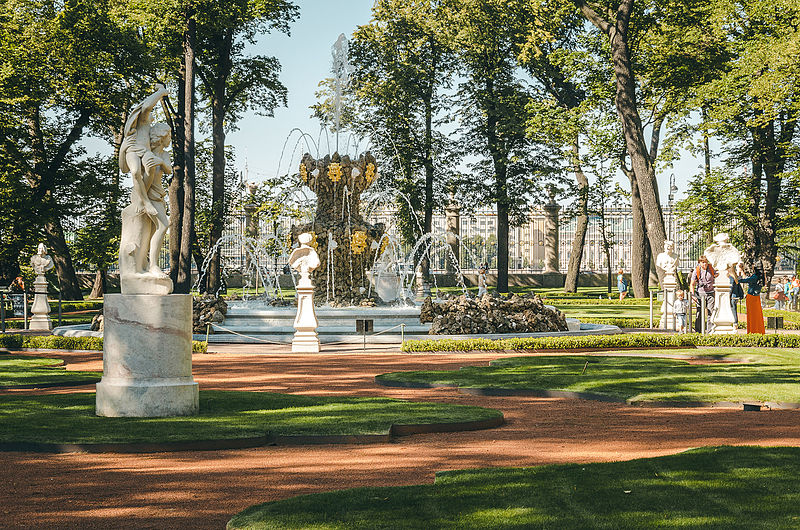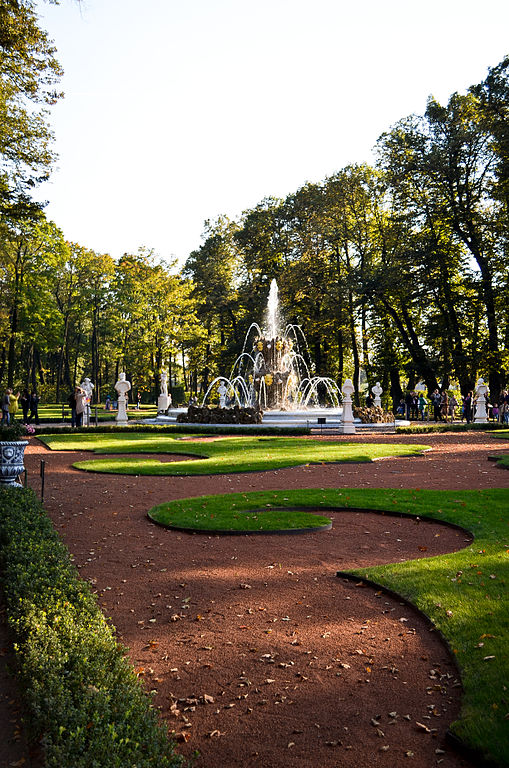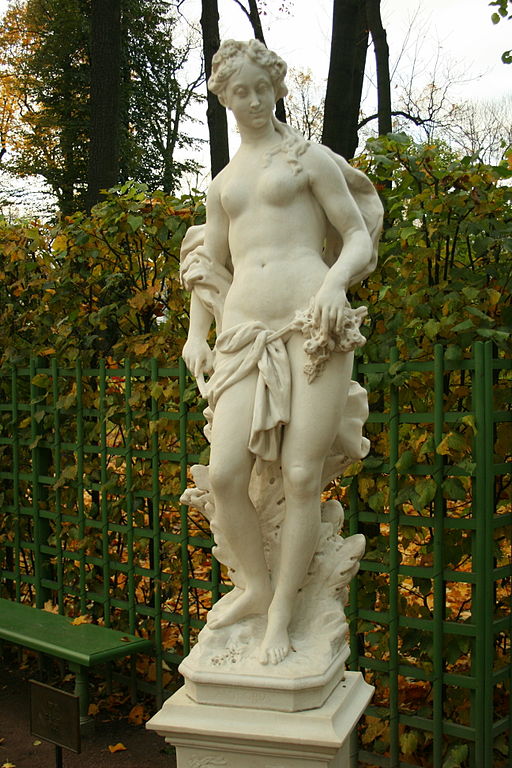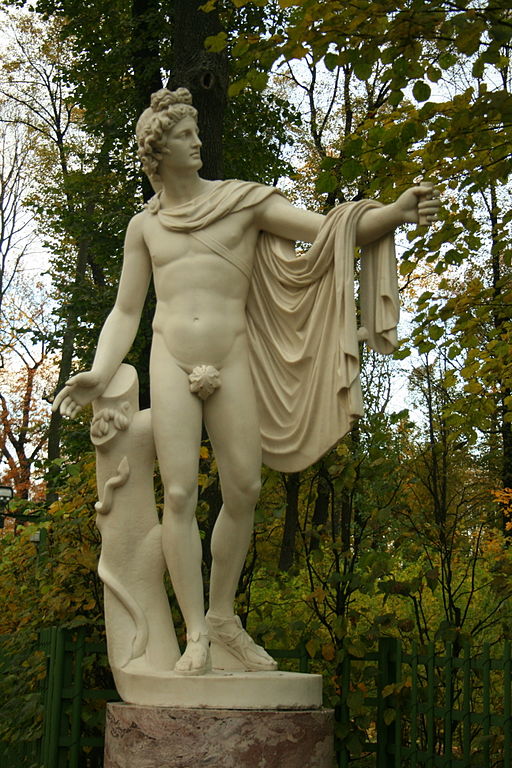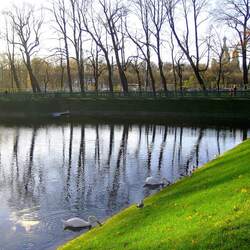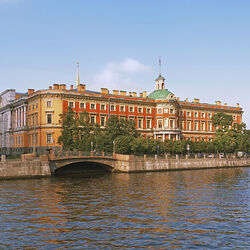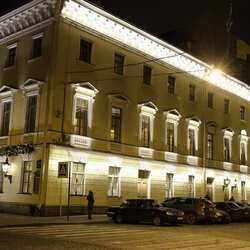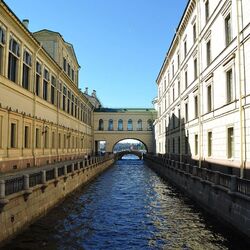Summer garden
The Summer Garden is an amazing park in St. Petersburg, conceived from the very beginning as a residence for Peter I. The initial work on the garden was carried out under the personal supervision of Peter I.
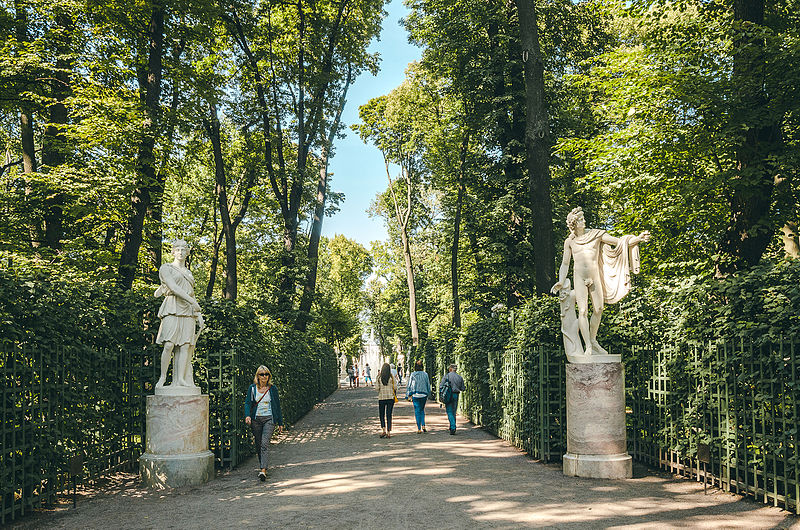
The history of the Summer Garden
The first work on the garden began in 1704. For this purpose, the soil was reinforced, since the local land was unsuitable even for growing trees. For several years, land was brought here and trees were planted all year round. In 1709, a wooden Summer Palace was built, fountains were installed, and trees were planted. The residence has become suitable for organizing gala balls. At that time, it was allowed to come here only at the invitation of the tsar.
In the next few years, the Transverse and Swan Canals were dug, a stone Summer Palace, Circular alleys, and a large greenhouse were erected. There were greenhouses with vegetable gardens behind the greenhouse. The garden was decorated with sculptures imported from Italy. Since 1712, the design of the garden has been carried out under the supervision of Dutch gardener Jan Roozen. Initially, the mechanism that supplied the fountains with water was driven by horses, later it was changed to a steam engine. The water for the fountains was pumped from an Unnamed Erik, which was later renamed Fontanka. In 1719, almost all the work on the garden was completed. The garden was open to the public on Sundays, but not to everyone. Any well-dressed person could enter here only during the reign of Empress Elizabeth Petrovna, and then on certain days. During the storm of 1777, the Grotto Pavilion and fountains were destroyed, and the fountains eventually decided not to restore them, since the Empress considered them part of the gardens of France and their tyranny. During the restoration of the Summer Garden in 2009-2011, 8 fountains were restored.
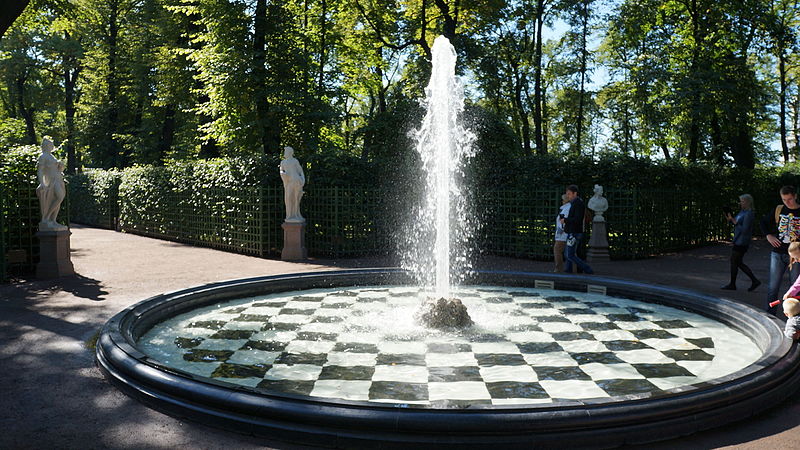
Garden Sculptures
Marble sculptures are considered to be a special pride of the Summer Garden. Peter the Great paid great attention to them and appointed trusted representatives among art experts to purchase sculptures from Italy. By 1728, the number of sculptures exceeded 100 pieces, many of them were signed by their authors. Especially valuable is the statue of Venus, made around the 3rd century BC and discovered during excavations by archaeologists in 1719. Pope Clement XI presented it to Peter I. According to their content, sculptures can be divided into 3 types: allegorical, historical, and mythological. Currently, there are 92 items in the sculpture collection of the summer garden (48 busts, 38 statues, 5 sculpture groups and 1 herma). Marble is severely damaged by prolonged exposure to the sun and the environment, so from 1986 to 2003, 28 replicas of sculptures were made, and many were restored during the restoration.
